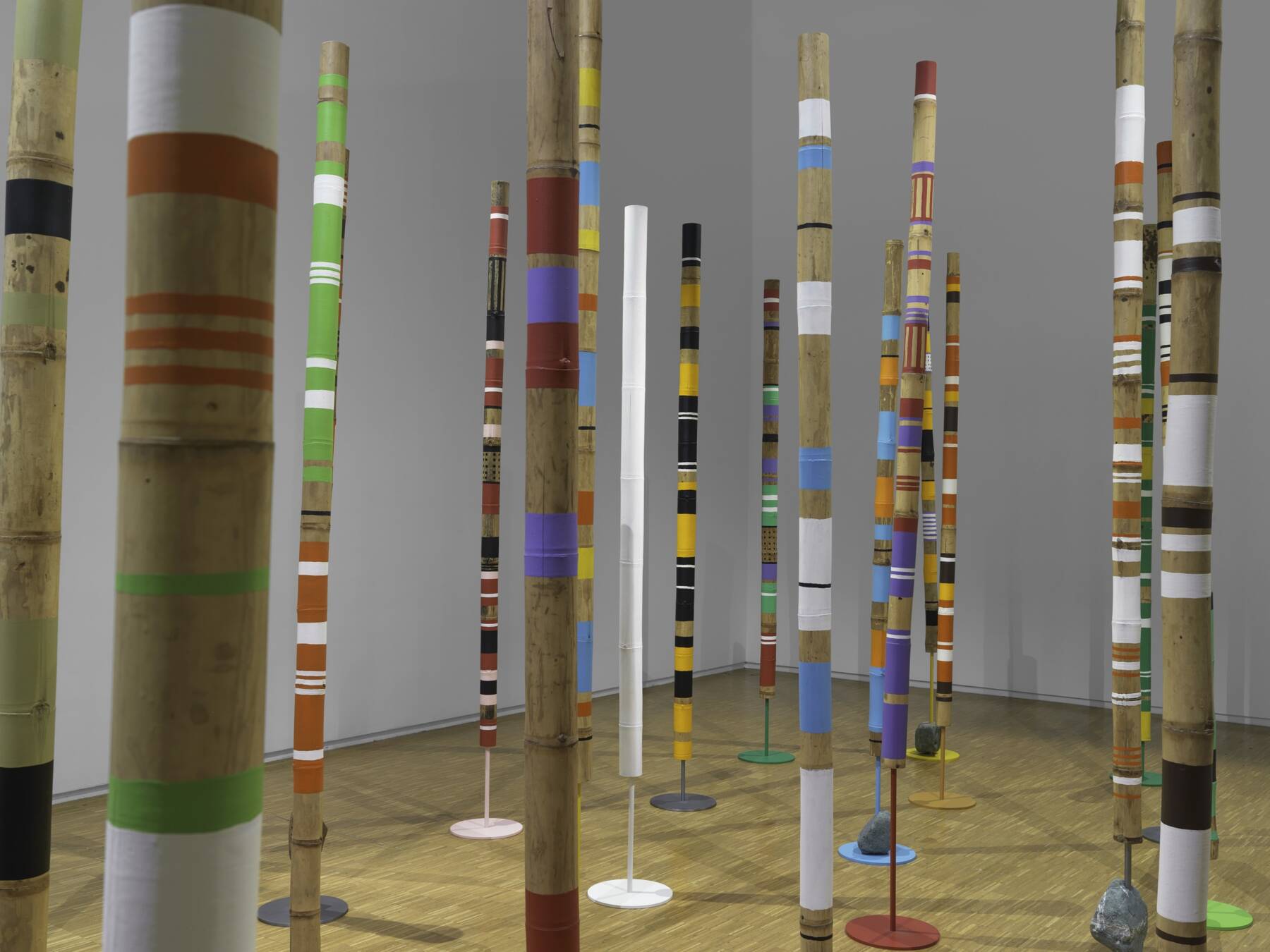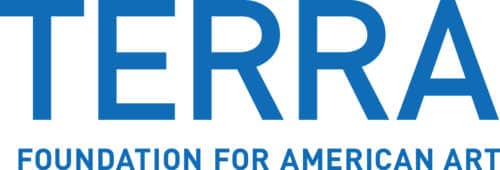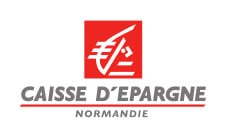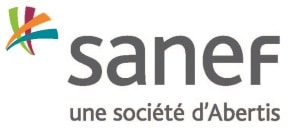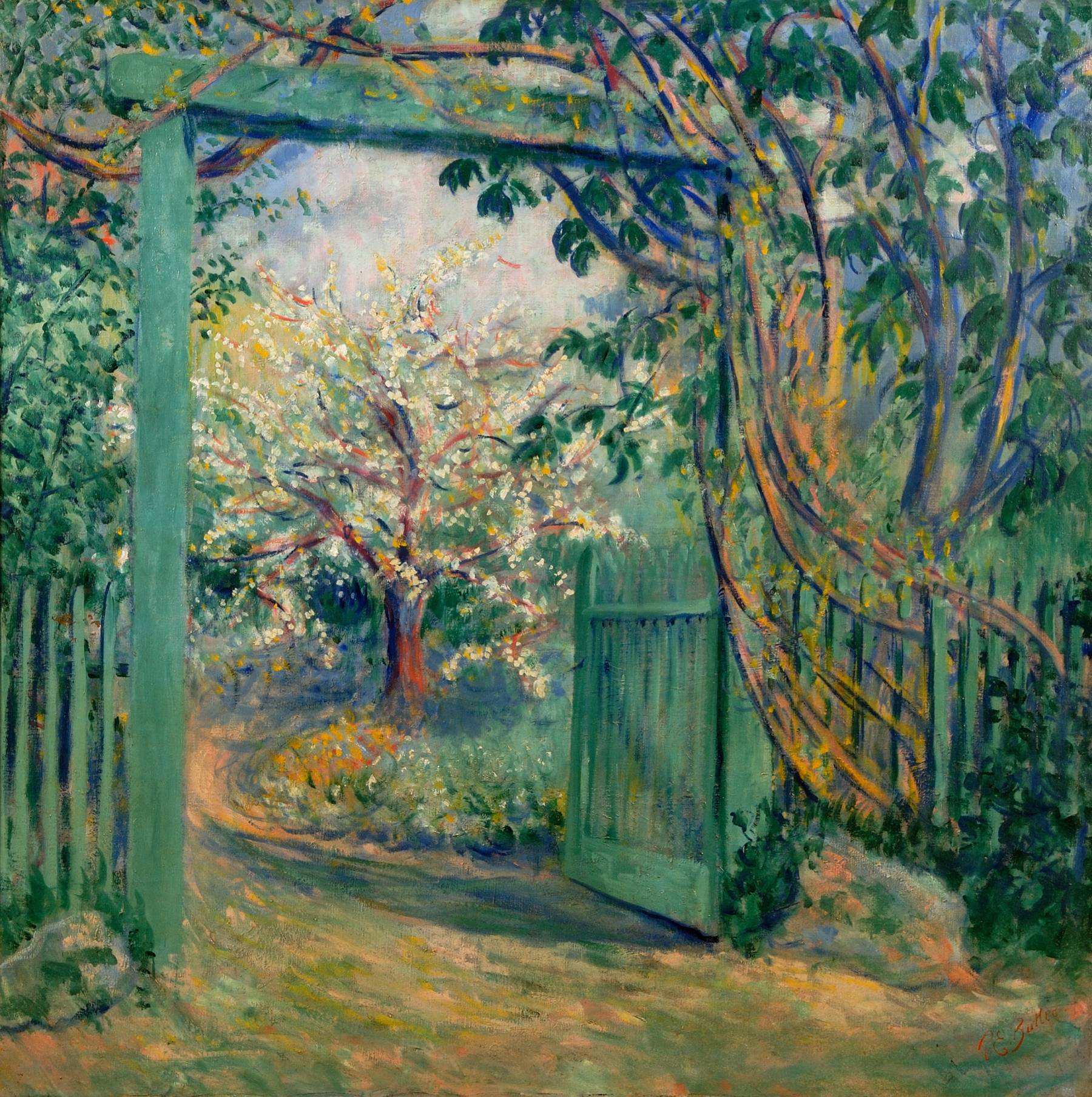The Studio of Nature, 1860-1910.
The Terra Collection in Context
from September 12, 2020 to October 29, 2020
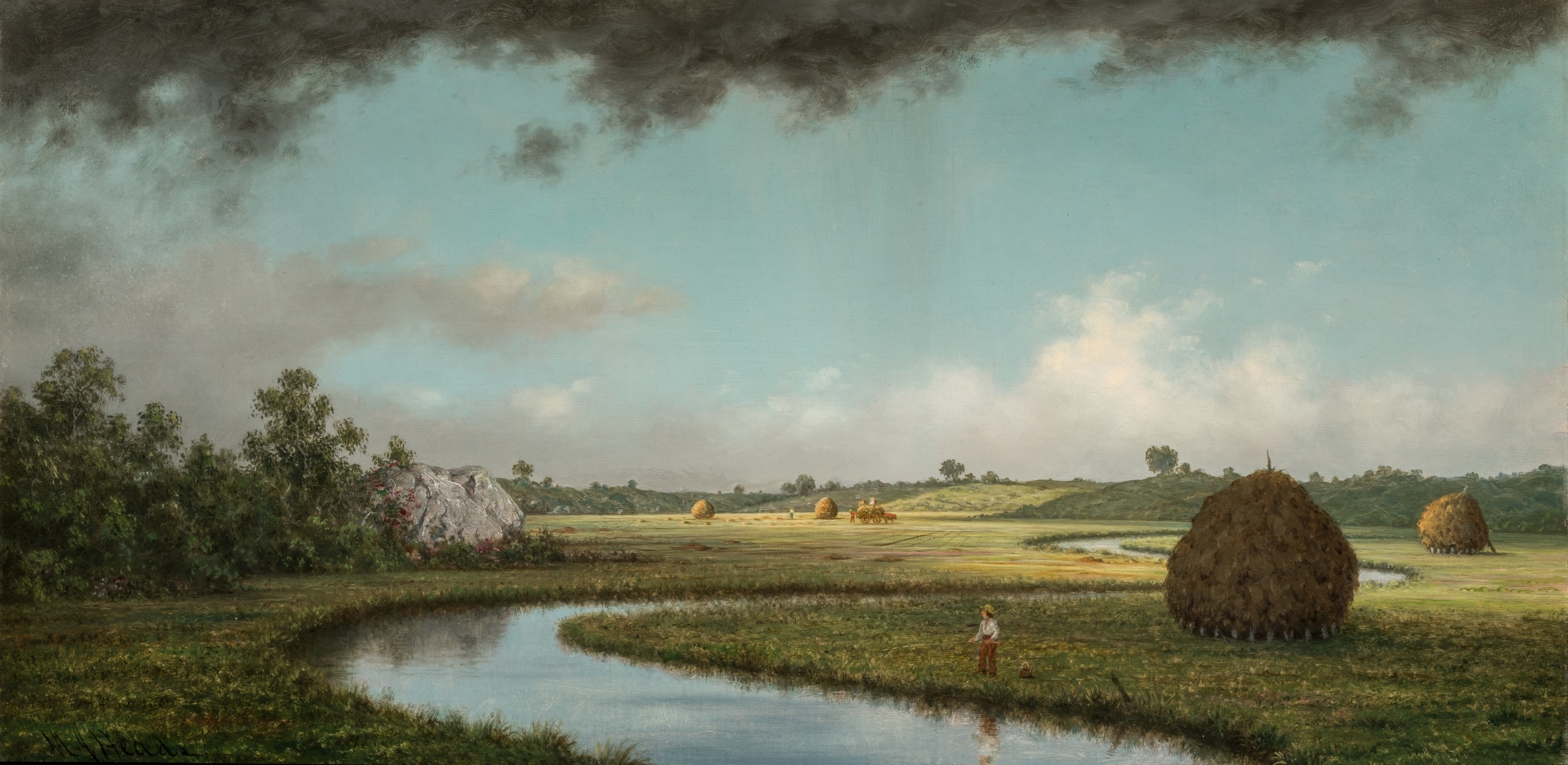
About
From 12 September to 29 October 2020, Musée des Impressionnismes Giverny offers a broad overview of landscape art by American artists during the French Impressionism period. With more than 90 canvases, lithographs and watercolours from the Terra Foundation for American Art, the exhibition offers multiple insights into the development of this art movement.
The development of landscape art amongst American artists
With the exhibition “The Studio of Nature, 1860-1910: The Terra Collection in Context”, Musée des Impressionnismes Giverny pays tribute to its history and its roots. Before devoting itself to the Impressionism movement, it was previously an American art museum, founded by Daniel J. Terra and the Terra Foundation for American Art. So it’s quite natural that Musée des Impressionnismes Giverny should review the development of landscape art amongst American artists using superb 19th and 20th century pieces from the Foundation’s collection, presented alongside major loans from several French institutions, including the Musée d’Orsay and the French National Library.
The Hudson River School and exploration of the American West
The exhibition opens with the final period of the “Hudson River School”, a group of landscape artists. Asher Brown Durand, a member of this informal school, advised his students to work en plein air (outdoors), and to come face to face with “the studio of nature”. The meticulous and precise landscapes and seascapes painted in the 1870s are defined by their authenticity. The immense nature of these vast American spaces is depicted alongside human scenes: between 1860 and 1880, the American West exploration campaigns are documented with thousands of photographs which reveal impressive American landscapes, throughout the country but also abroad. These photographs influenced landscape painting.
James Abbott McNeill Whistler: nature transcended by the imagination
“Nature is very rarely right”
James Abbott McNeill Whistler.
James Abbott McNeill Whistler rejected slavish imitations of nature and devised a new vision of the landscape. He was inspired by the ‘aesthetic movement’ in England and Japanese art. His art stands out for decorative surfaces and subtle harmonies between colours. A talented engraver, he exhibited and sold his stamps in Europe and the United States, influencing a new generation of artists.
‘Spiritual landscapes’ or ‘emotional landscapes’
Whistler’s art pushed American artists towards an intimate and romantic interpretation, rather than a faithful depiction of nature. The works created by George Inness in 1870 and 1880 are referenced by critics as ‘spiritual landscapes’ or ‘emotional landscapes’. The Barbizon School influenced American painters in France, who adapted its colours and brushwork.
American artists in Giverny: encounter with Impressionism
It was also at this time that the first American artists arrived in Giverny. For 30 years following Claude Monet’s relocation to the village in 1883, the presence of the master of Impressionism attracted hundreds of international artists, notably American, who in turn chose to live there and form a colony. American painters gradually abandoned the style of the Barbizon School for the brighter colours and freer brushwork characteristic of Impressionism.
European Impressionism adapted to American landscapes
On their return to the United States in the 1890s, the artists sought to reproduce the concepts of Impressionism. Yet it was challenging to adapt European painting techniques to American landscapes, due to the difference in light and atmosphere. In sunny landscapes, with bright colours and rapid strokes inspired by Impressionism, they developed a harsher realist style. On the brink of the 20th century, this heralded a new approach to painting.
From 1860 to 1910, American landscape art continued to evolve, from a realistic depiction of nature to an intimate and emotional interpretation, then an assimilation of the principles of Impressionism. The exhibition “The Studio of Nature, 1860-1910: The Terra Collection in Context” tracks these changes, from Alfred Thompson Bricher to John Leslie Breck, plus James Abbott McNeill Whistler and William Merritt Chase.
Curated by: Katherine Bourguignon, curator at the Terra Foundation for American Art
The exhibition “The Studio of Nature, 1860-1910: The Terra Collection in Context” is organised by the Musée des Impressionnismes Giverny and the Terra Foundation for American Art.
This exhibition has received the generous support of the Terra Foundation for American Art.
The exhibition is part of the 2020 Normandy Impressionist Festival.
In images
Zoom on the works
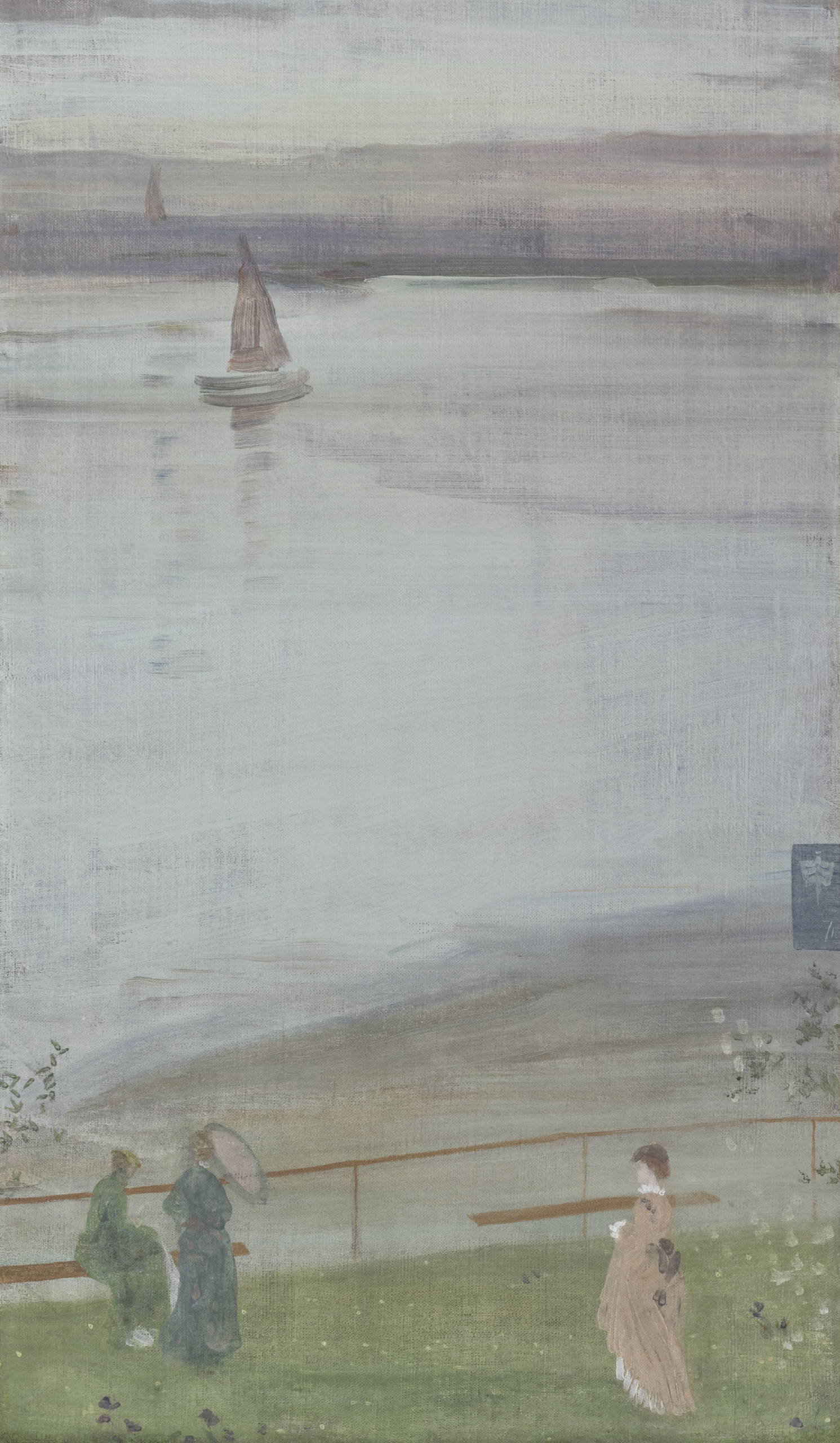
- James Abbott McNeill Whistler
- Variations en violet et vert, 1871.
- Huile sur toile, 61,5 x 35,5 cm. Paris, musée d’Orsay, acquis avec le concours du Fonds national du Patrimoine et la participation de Philippe Meyer, 1995
- © RMN-Grand Palais (musée d’Orsay) / Patrice Schmidt
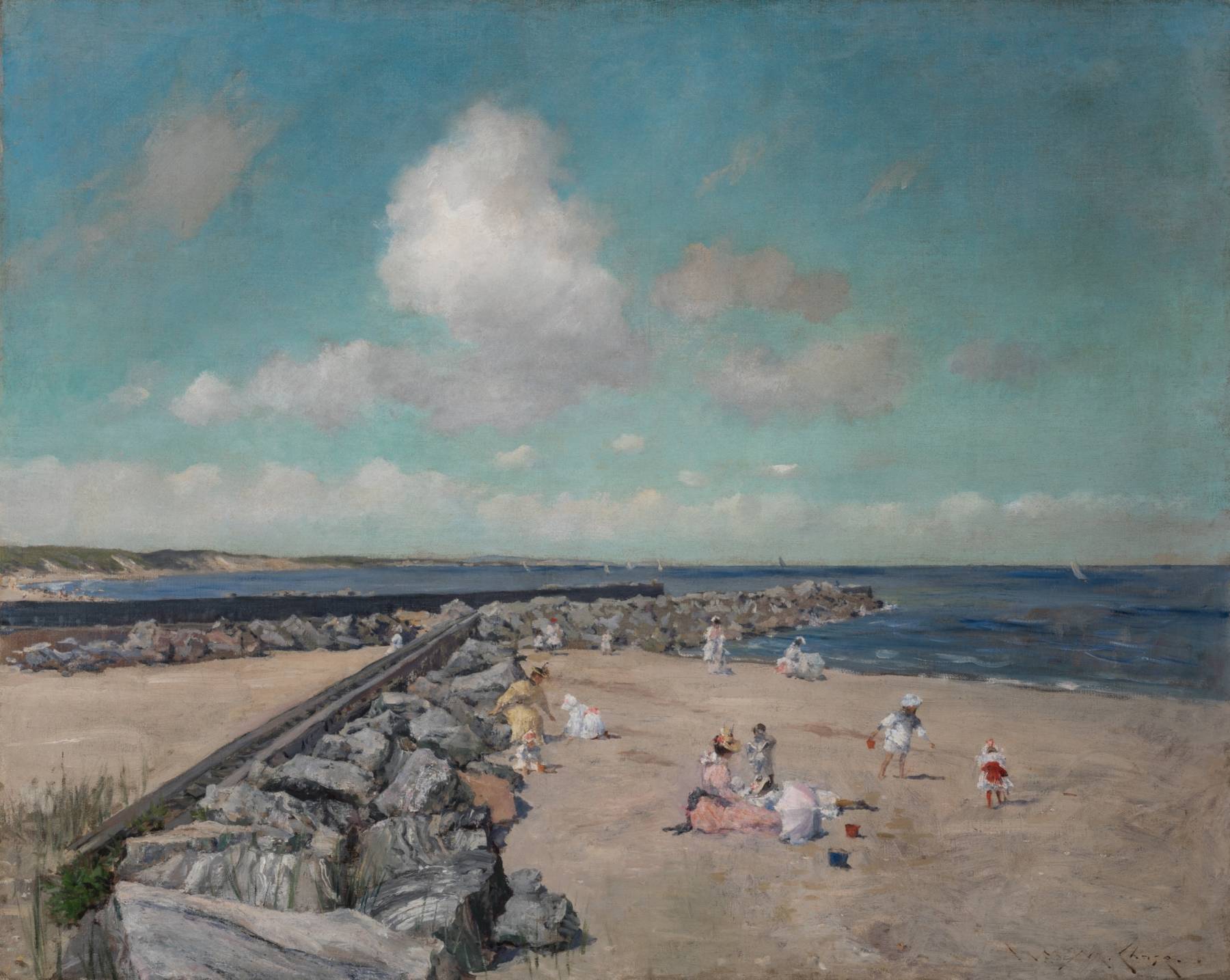
- William Merritt Chase
- Matin sur la digue, Shinnecock, vers 1897.
- Huile sur toile, 101,6 x 127 cm. Chicago, Terra Foundation for American Art, Collection Daniel J. Terra
- © Terra Foundation for American Art, Chicago
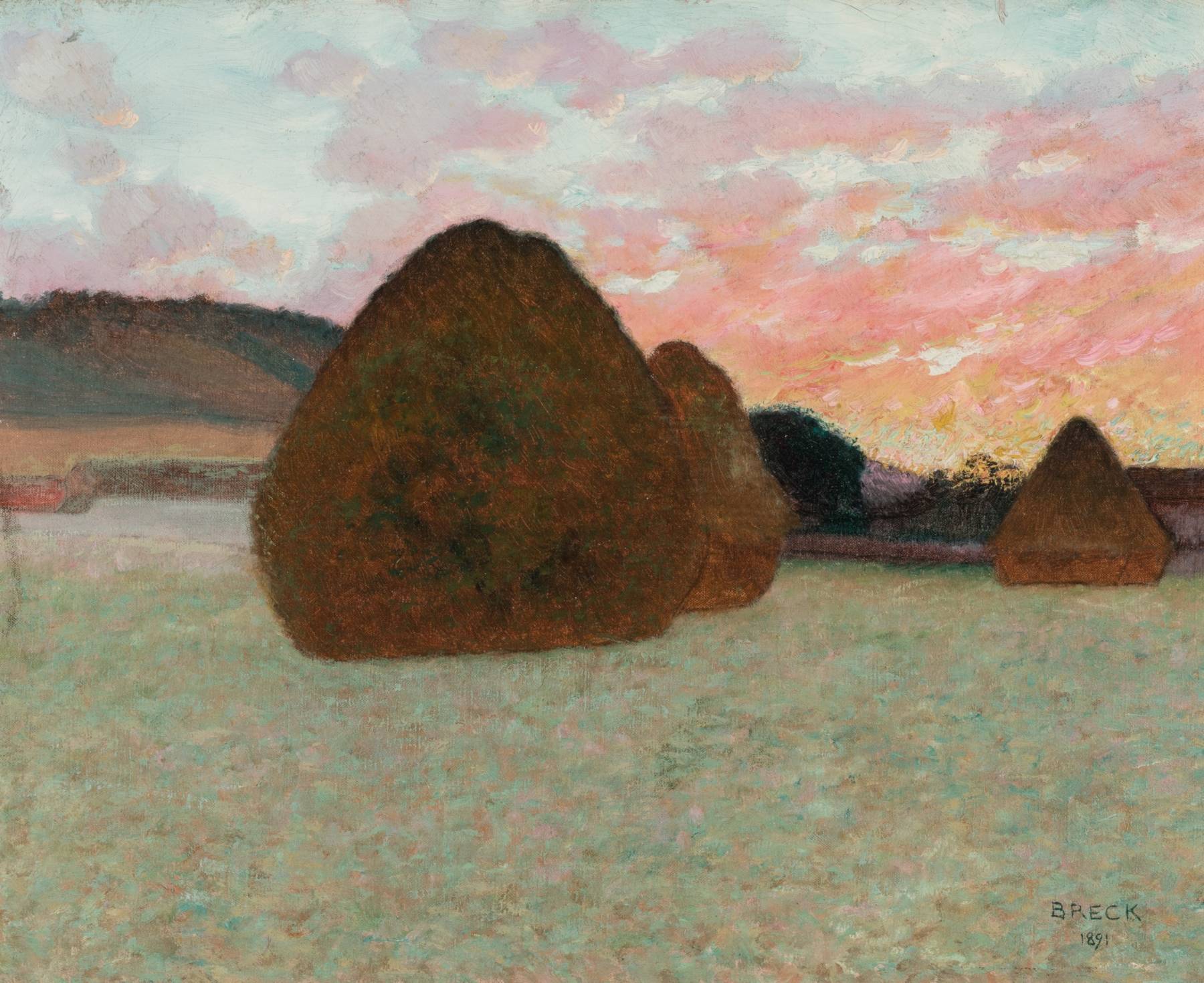
- John Leslie Breck
- Études d’un jour d’automne, nº 2, 1891.
- Huile sur toile, 32,7 x 41,1 cm. Chicago, Terra Foundation for American Art, Collection Daniel J. Terra
- © Terra Foundation for American Art, Chicago
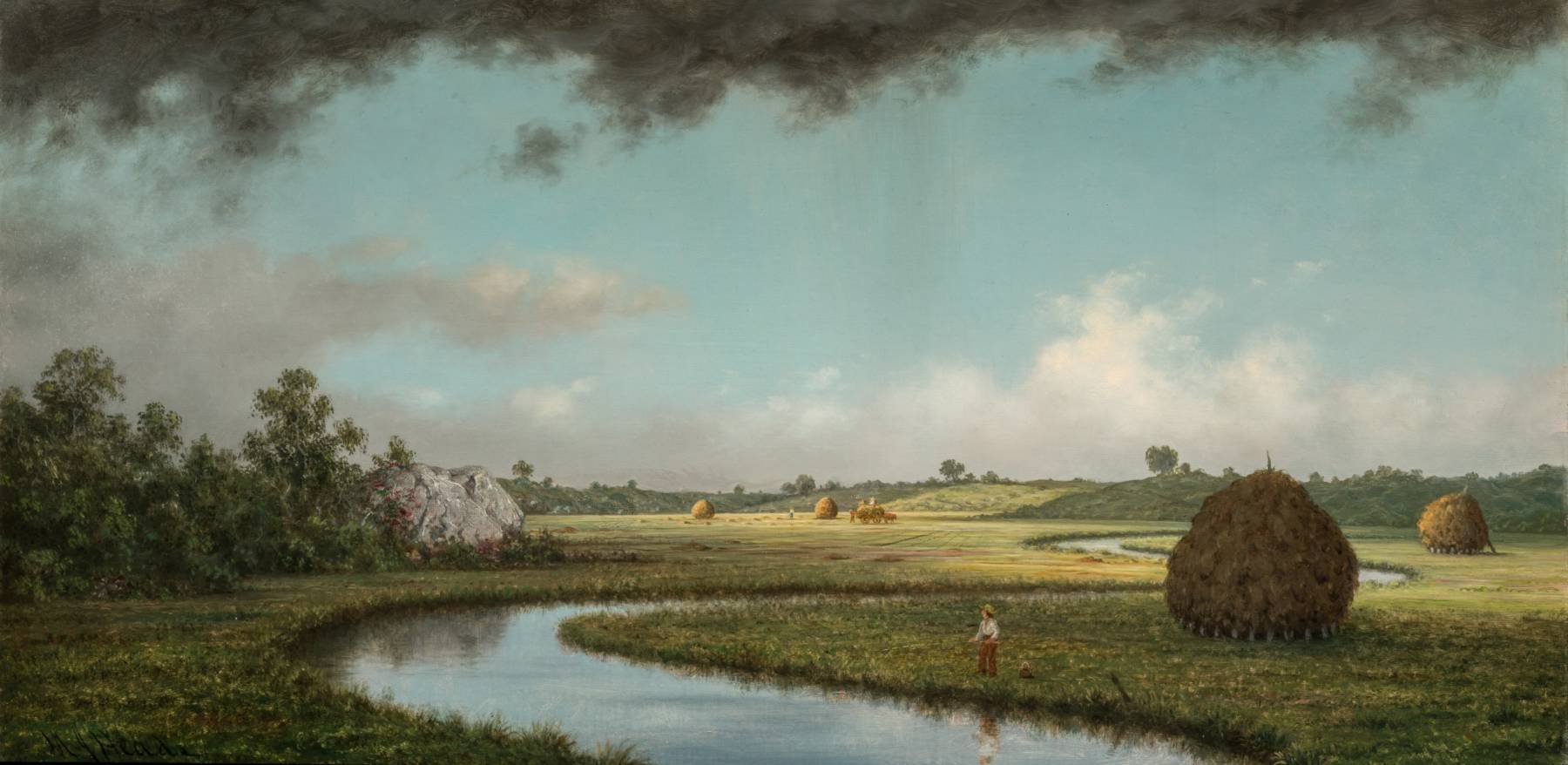
- Martin Johnson Heade
- Le Marais de Newburyport : l’approche de l’orage, vers 1871.
- Huile sur toile, 38,7 x 76,5 cm. Chicago, Terra Foundation for American Art, Collection Daniel J. Terra, 1999.68
- © Terra Foundation for American Art, Chicago
In resonance
From Impressionism to contemporary art
Juxtaposed with the exhibition, the museum presents a piece from the Normandy Rouen Regional Contemporary Art Fund (FRAC), thus helping to bridge the gap between Impressionism and contemporary art.
The photographic work of Berger & Berger offers a refreshed approach to the landscape within the exhibition “The Studio of Nature” itself. The series of images Majastres documents a walk taken by the two artists, combining documentary photos and geographic, geological, meteorological information, as well as some physiological information about the walker. The extreme precision of this scientific content accompanying the image points to a form of hyper control by humans over nature. The use of thermochromic ink – which disappears above 21°C, the temperature recommended for storing photographic prints – reiterates this control by extending it to the exhibition space. Despite its critical aspect, Majastres conveys a unique poetry and contemplative form emerging from the natural beauty of landscapes in a sometimes foggy atmosphere, reinforced by the serial and simple nature of the sequence.
Patronage
Our patrons and partners
The museum warmly thanks the patrons and partners of this exhibition.
Upcoming exhibition
Collections in the Garden.
Andrea Branzi, the Realm of the Living
from July 11, 2025 to November 2, 2025
See more
